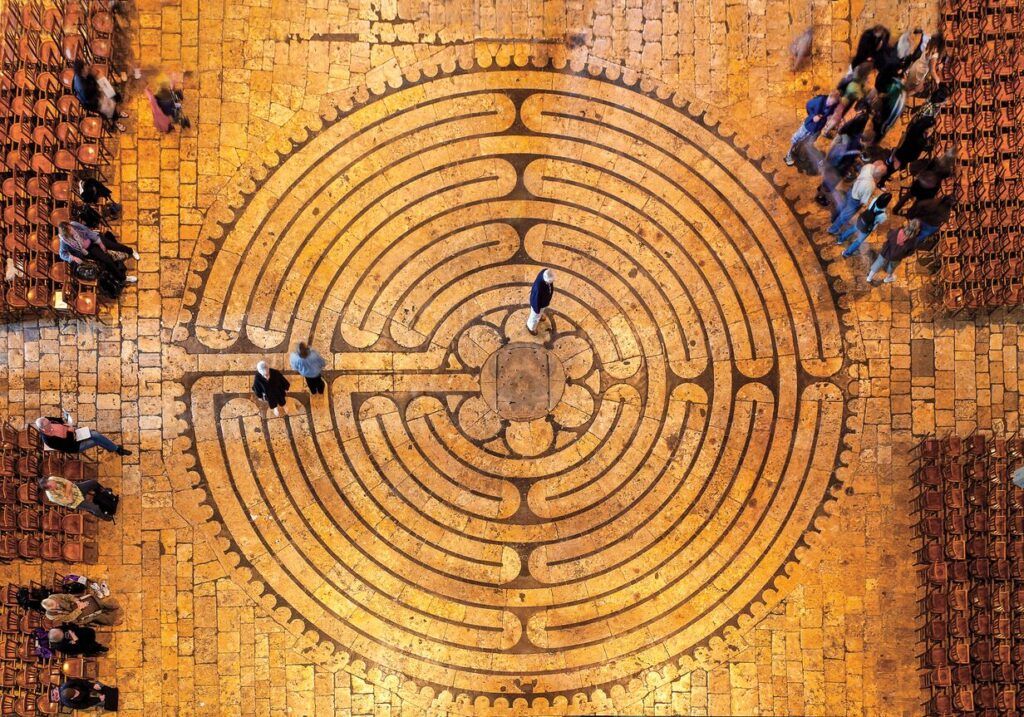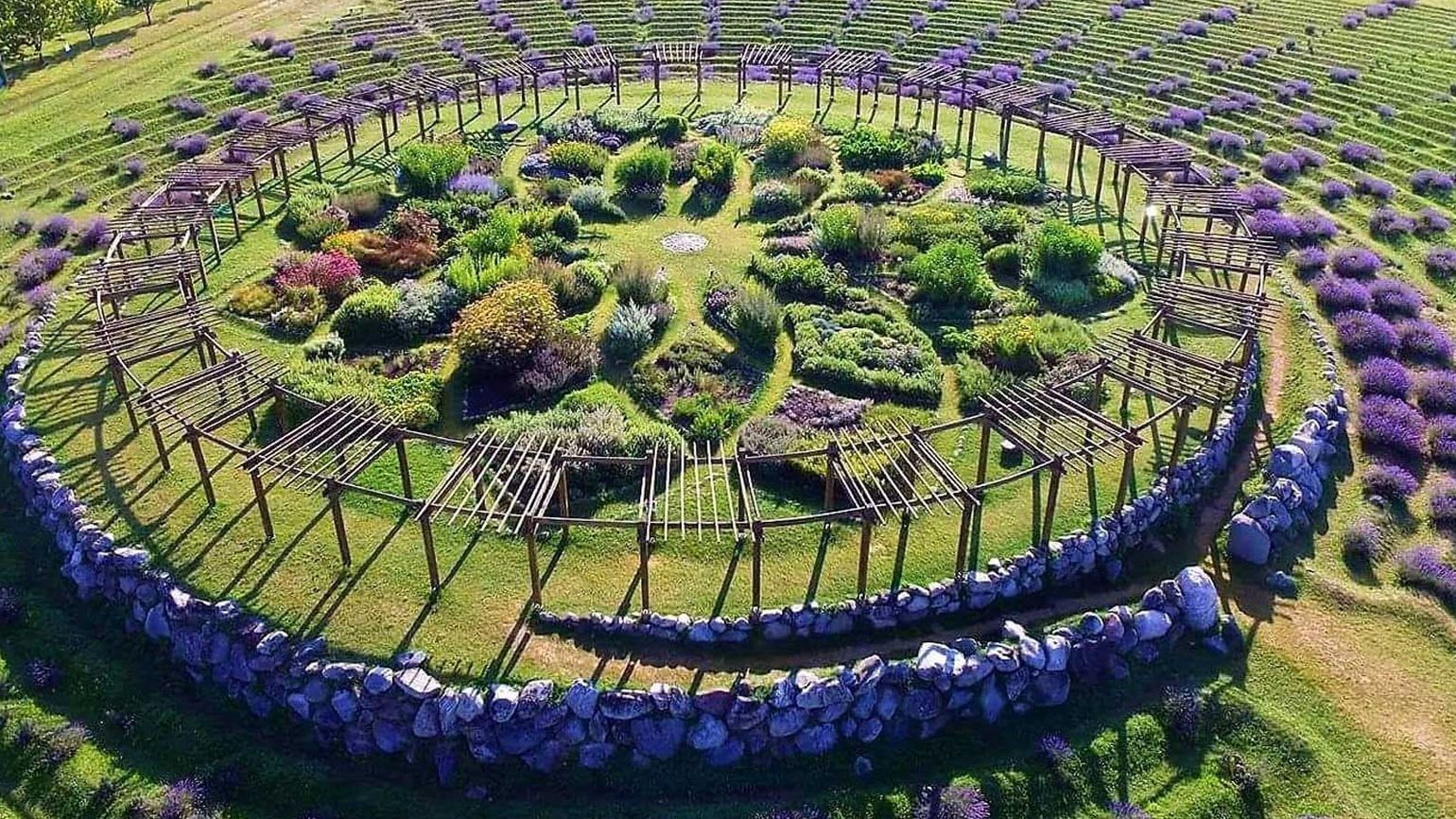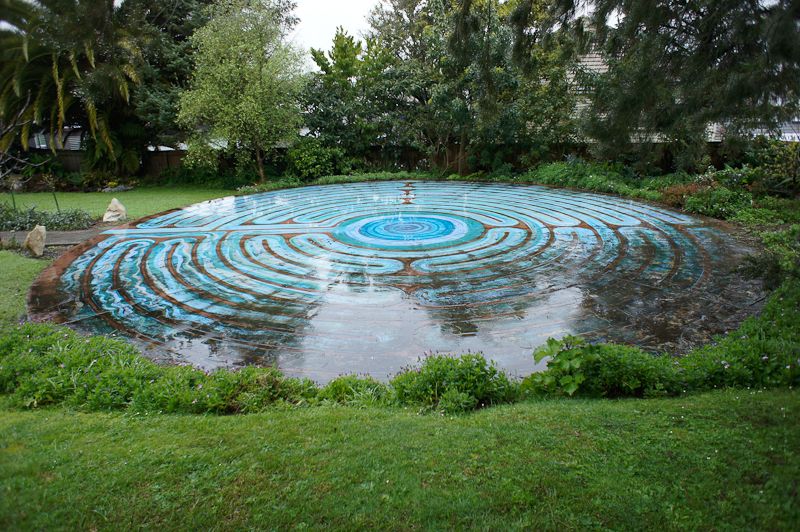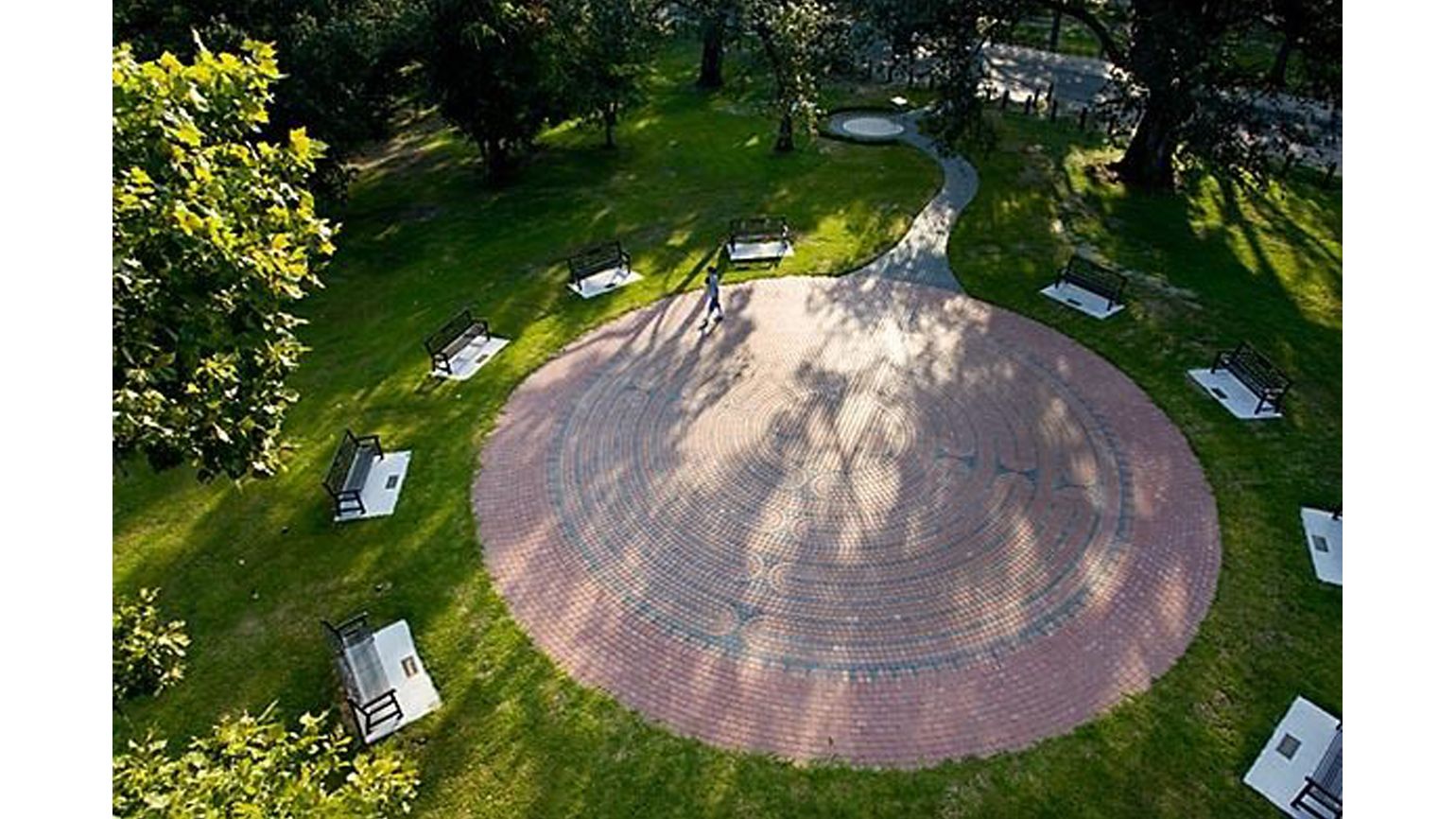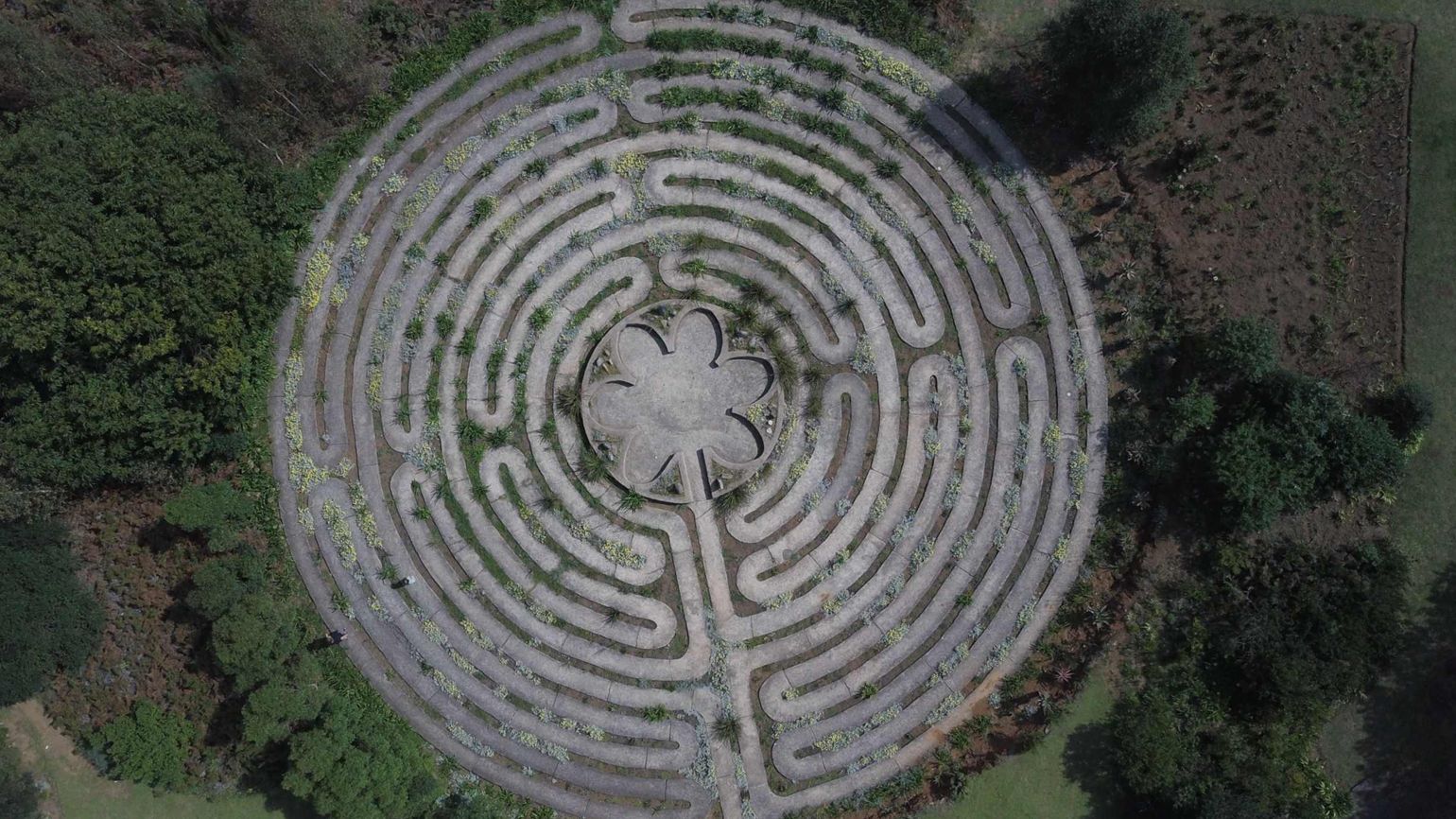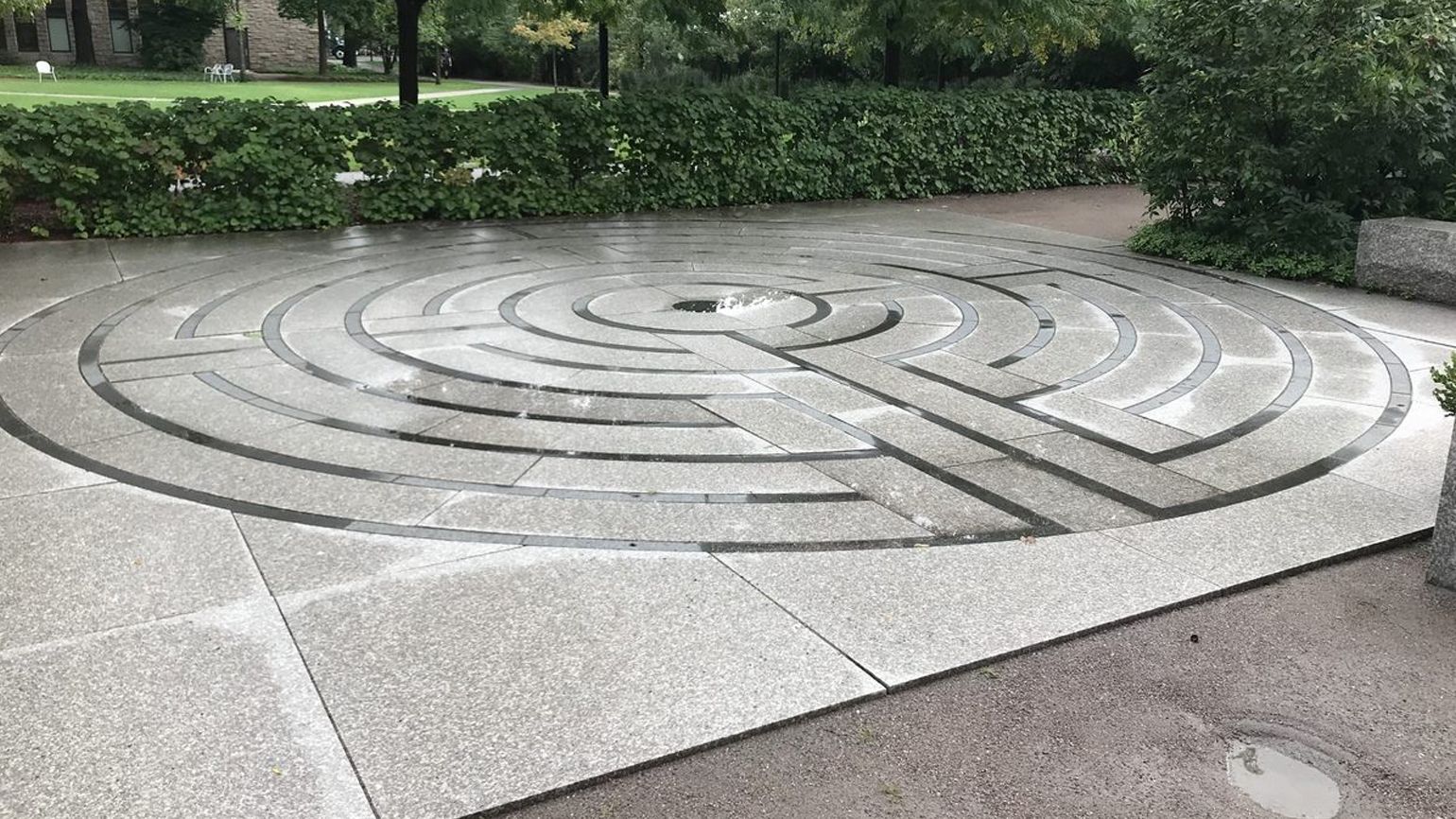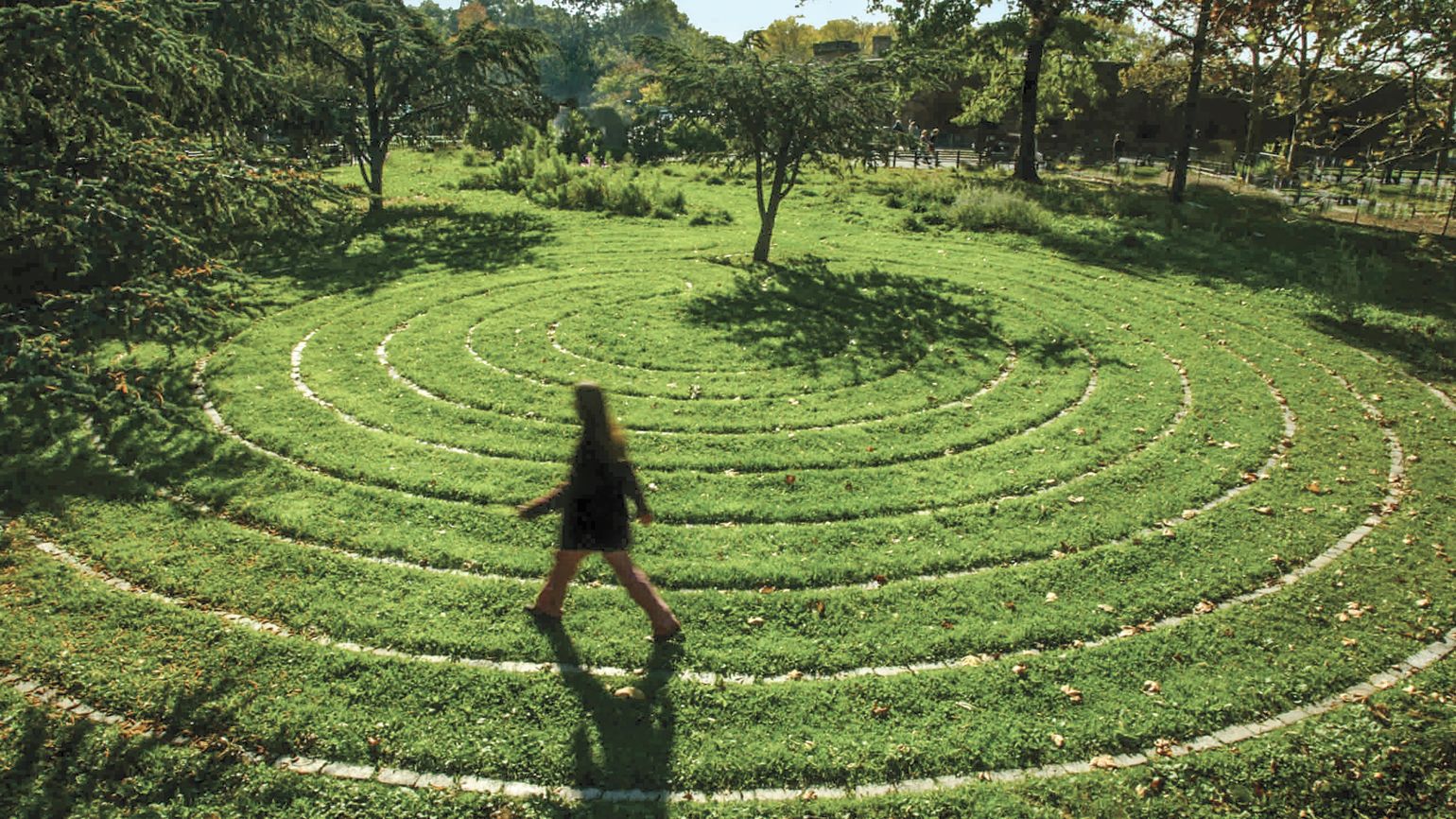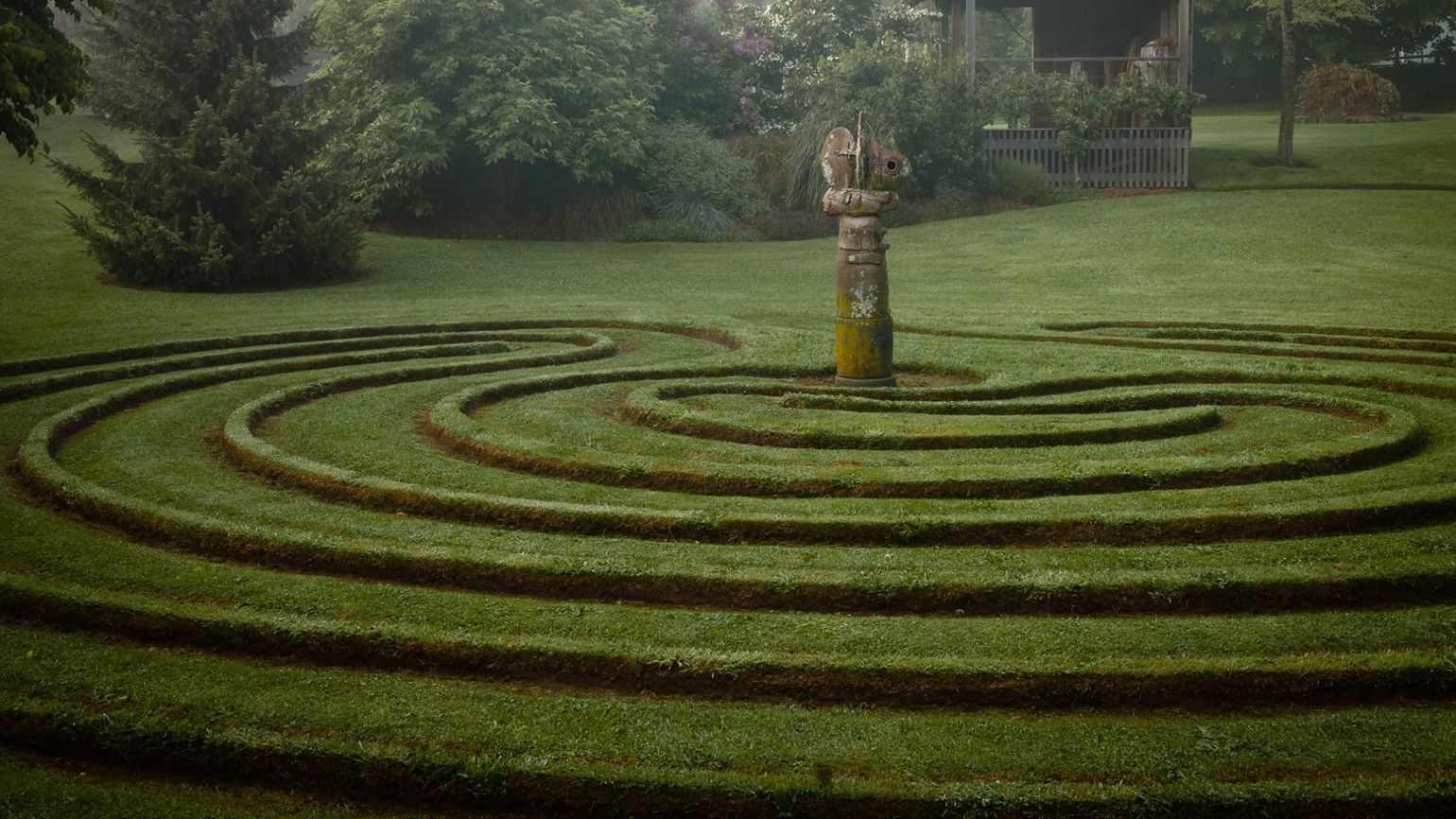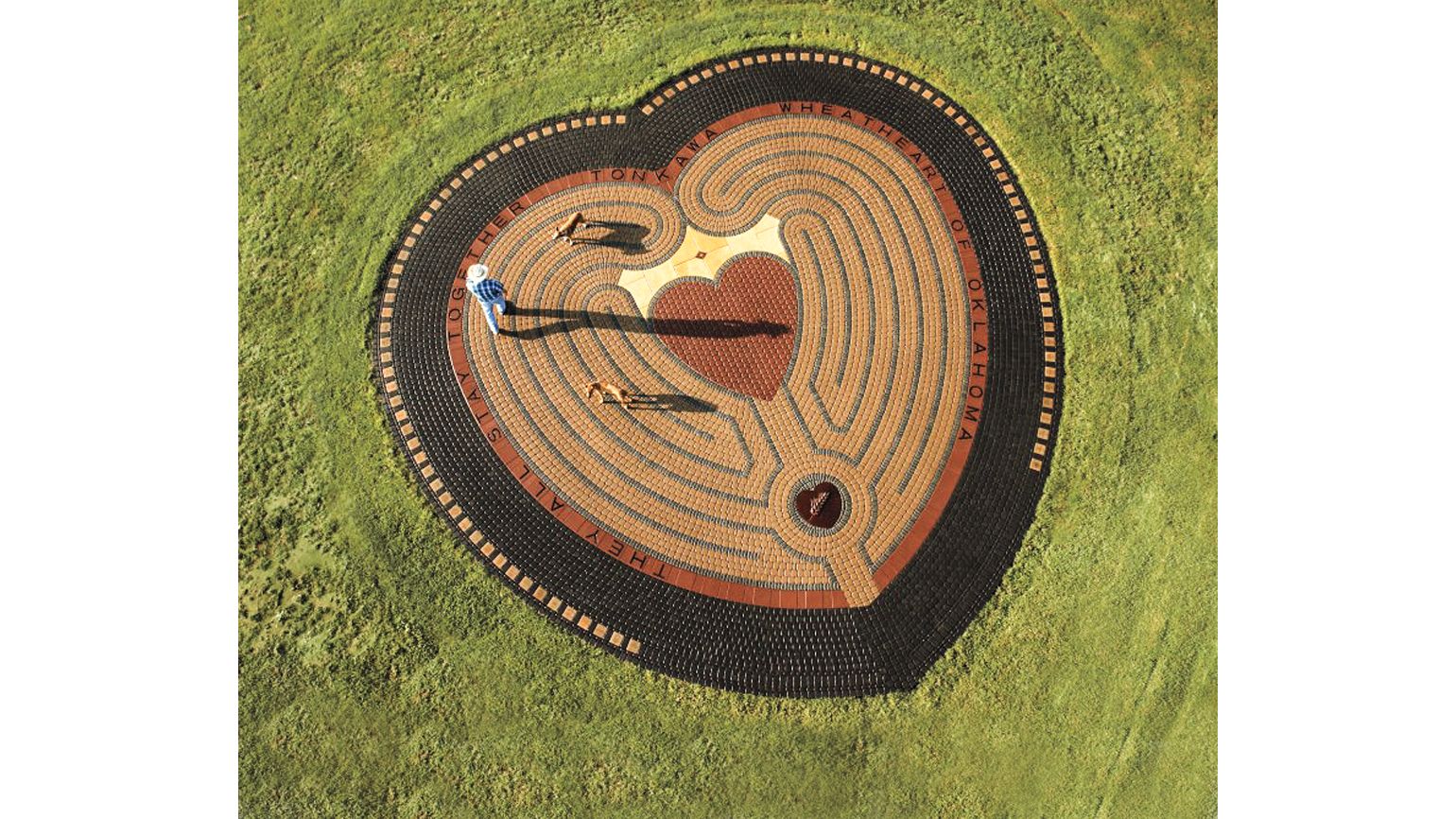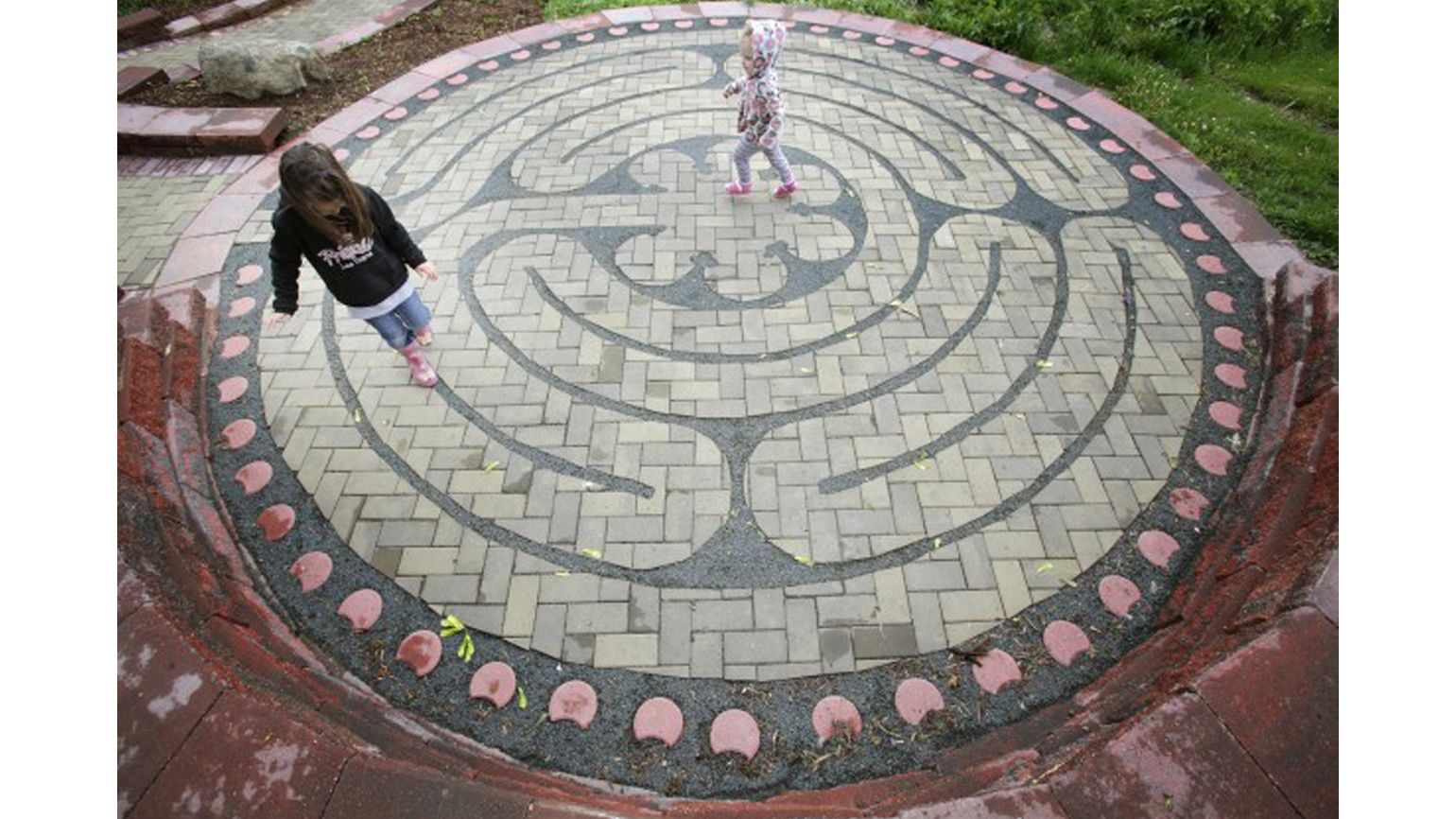Labyrinths have been used as a prayer tool by Christians for hundreds of years, since they emerged in churches in the twelfth century. Unlike mazes, a labyrinth’s shape has a distinct beginning and end—a path that leads towards the center, then back out again. People use labyrinths to guide their prayers or meditations as they walk, to help them with reflection and spiritual healing. Labyrinths are found all around the world, in parks, churches, hospitals, universities, and more. Here are a few of the most beautiful ones…

Extraordinary Women of the Bible
Their Lives Changed the World… Their Stories Will Change Your Heart.
There are many women in Scripture who do extraordinary things. Women whose lives and actions were pivotal in changing the course of history. In this exciting ALL NEW historical biblical fiction series, you can shed new light on the stories of the most extraordinary women such as Ruth, Elizabeth, Deborah, Rahab, Bathsheba, Mary, and many more.
Start today with book # 1 Highly Favored: Mary’s Story. Get Two FREE GIFTS – Lovely Tote and a Silver-tone Scripture Pendant, yours free with a hardcover or series purchase.
